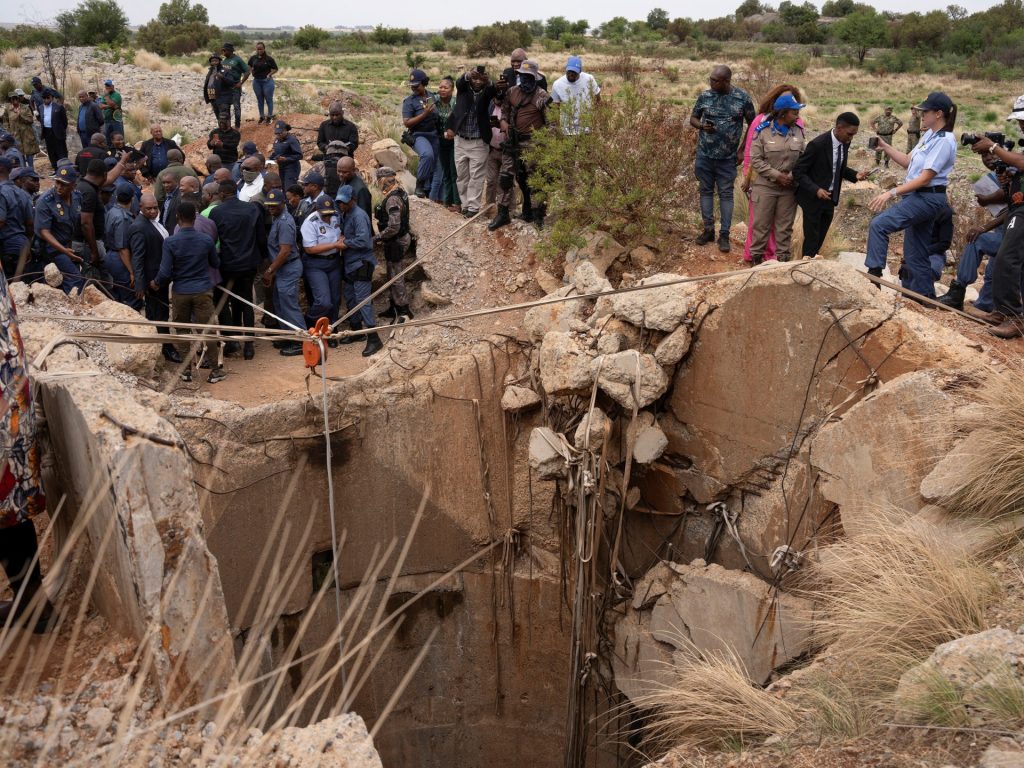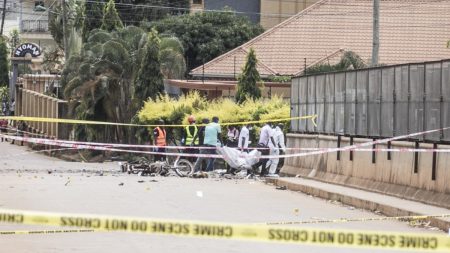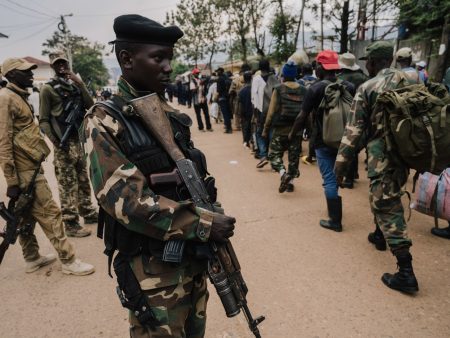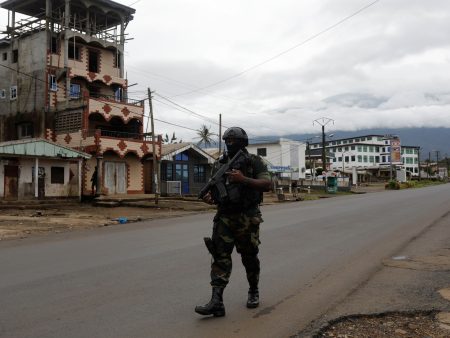A group of teenagers recently emerged from an illegal gold mine in South Africa, highlighting the ongoing tensions between illegal miners and law enforcement in the region. This incident occurred amid a weeks-long standoff between these miners, often referred to as “Galamsey” operators, and police forces attempting to curb illegal mining activities that have become rampant due to the demand for gold. These operations often occur in abandoned or unsafe mines, creating hazardous conditions for those involved.
The rising prevalence of illegal mining in South Africa is attributed to several factors, including poverty and high unemployment rates. Young individuals are often drawn to these ventures in hopes of quick financial gains, despite the significant dangers involved. The standoff has resulted in heightened security measures and a push from authorities for stronger action against illegal mining operations. Police have faced challenges in effectively dealing with the miners, who are determined to persist with their activities despite the risks.
The government has expressed concerns over the environmental and social implications of illegal mining operations. The degradation of land and the potential for accidents pose serious risks not just to miners but also to nearby communities. Efforts to address illegal mining are complicated by the lack of legal mining jobs, driving many to look for opportunities in these underground operations. This has created a cycle of desperation and danger, as families rely on the income generated from illegal mining to survive.
The teen miners’ exit from the mine marks a significant moment in this ongoing conflict, reflecting both their resilience and the urgent need for comprehensive solutions to the underlying issues driving illegal mining. Advocacy groups have called for more attention to the socioeconomic factors contributing to the illegal mining phenomenon. They argue that addressing poverty and offering alternative livelihoods are crucial in reducing reliance on dangerous mining practices.
Moreover, the standoff has brought to light the complexities surrounding law enforcement’s role in this scenario. Police are tasked with enforcing the law but often face difficult situations where miners are not only risking their lives but also have deep-rooted ties to their communities. Striking a balance between enforcement and addressing the socio-economic realities of these miners remains a challenge for authorities. Discussions about amnesty or legal pathways for these miners have surfaced, indicating a need for a multifaceted approach.
In conclusion, the struggle against illegal mining in South Africa is emblematic of broader issues related to poverty, unemployment, and environmental degradation. As the country grapples with the ramifications of this conflict, it is essential for stakeholders to engage in dialogues that prioritize the welfare of affected individuals while also ensuring that illegal practices are curtailed. The recent emergence of the teenagers from the mine serves as a reminder of the human stakes involved in this ongoing crisis and calls for a deeper examination of how best to support vulnerable populations engaging in such perilous activities.










